Home>diy>Building & Construction>What Is A Construction Painter
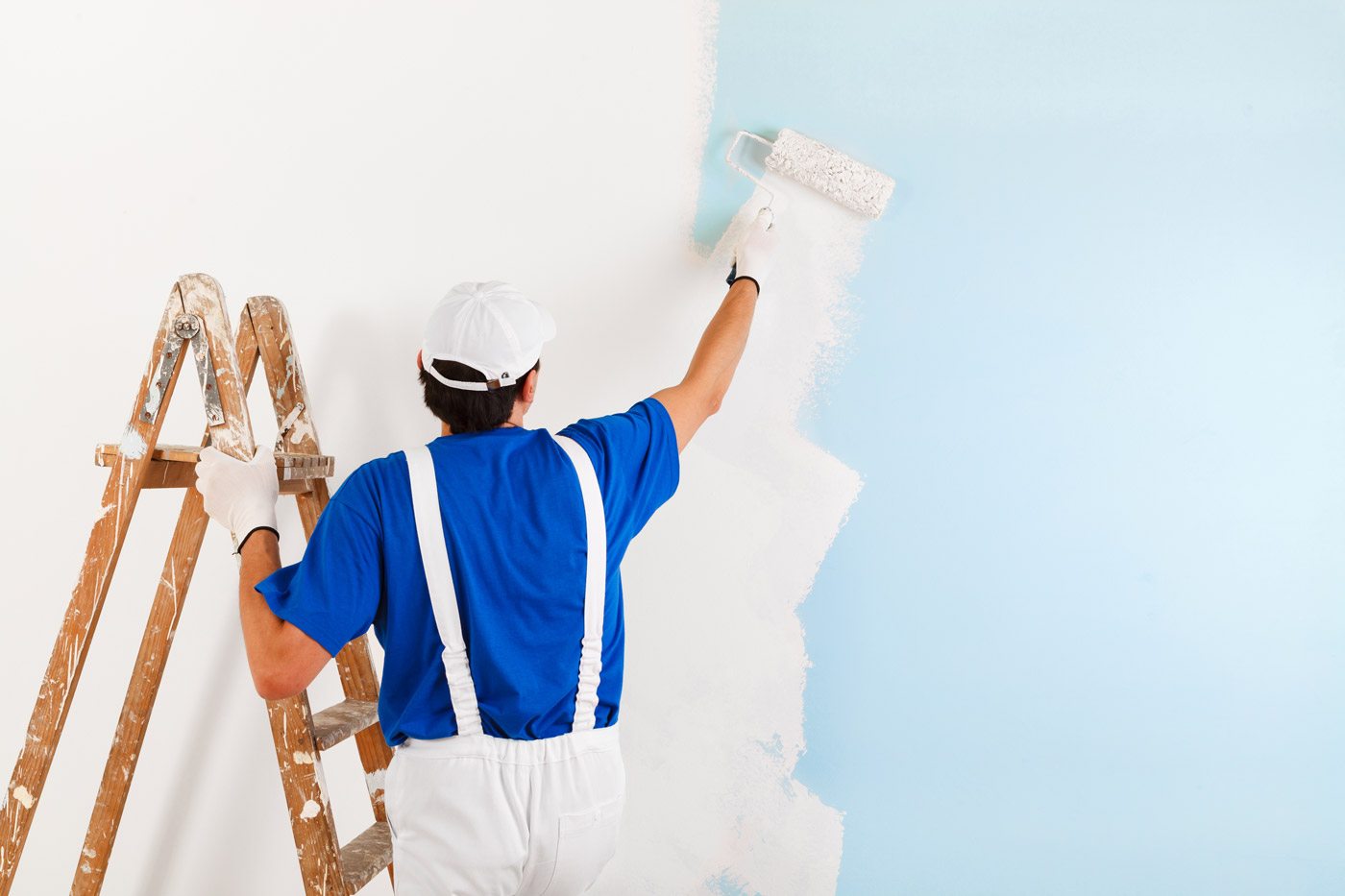

Building & Construction
What Is A Construction Painter
Modified: January 7, 2024
Discover the role of a construction painter in building construction. Learn about their skills, responsibilities, and how they contribute to the final look and feel of a project.
(Many of the links in this article redirect to a specific reviewed product. Your purchase of these products through affiliate links helps to generate commission for Storables.com, at no extra cost. Learn more)
Introduction
When it comes to building construction, there are numerous specialized roles and professions involved in bringing a project to life. One such important role is that of a construction painter. Construction painters play a crucial role in adding the finishing touches to a construction project, ensuring that the buildings not only look aesthetically pleasing but also maintain their durability over time.
In this article, we will explore the job description, skills required, job duties, tools and equipment used, safety precautions, work environment, salary, and job outlook of a construction painter. Whether you are considering a career in construction or are simply interested in learning more about this profession, this article will provide you with valuable insights into the world of construction painting.
Construction painters are responsible for applying paint, stains, or varnishes to structures, ensuring an even and smooth application. They work on a wide range of surfaces, including walls, ceilings, doors, and window frames, to not only enhance their appearance but also protect them from weather elements and wear and tear.
To excel as a construction painter, one must possess a combination of technical skills, attention to detail, and a creative eye. Let’s delve deeper into the skills and qualifications required to pursue a career in this field.
Key Takeaways:
- Construction painters play a crucial role in adding the finishing touches to buildings, utilizing their technical skills, attention to detail, and creativity to transform surfaces into beautifully finished works of art.
- With a positive job outlook and potential for growth, construction painters can enjoy a rewarding career in the construction industry by embracing new materials, techniques, and sustainable practices to stay competitive in the evolving market.
Read more: What Education Do Construction Painters Have
Job Description
Construction painters are responsible for preparing surfaces for painting, applying paint, and ensuring a high-quality finish. Their job involves a variety of tasks, including:
- Preparing surfaces: Construction painters need to clean and prepare surfaces by removing old paint, dirt, and debris. They may need to scrape, sand, and patch surfaces to ensure a smooth and even base for painting.
- Mixing paint: Construction painters are skilled in blending paints to create the desired colors and consistency. They follow specific instructions or color schemes provided by architects or clients.
- Applying paint: Construction painters use various techniques, such as sprayers, brushes, or rollers, to apply paint evenly and smoothly on surfaces. They must have a steady hand and attention to detail to avoid drips, streaks, or uneven application.
- Protecting surfaces: Construction painters take measures to protect surfaces not being painted, such as covering furniture, floors, and delicate fixtures, to prevent accidental spills or paint splatters.
- Ensuring quality: Construction painters are responsible for ensuring a high-quality finish. They inspect their work to identify any imperfections or touch-ups needed before the project is considered complete.
- Working with other trades: Construction painters often collaborate with other tradespeople, such as carpenters or electricians, to coordinate their work and ensure a seamless integration of painting into the overall construction process.
Construction painters are required to work both indoors and outdoors, depending on the project requirements. They may work on residential, commercial, or industrial sites, including new construction projects or renovations. This job often involves working at heights, using ladders, scaffolds, or aerial platforms, so it is important for construction painters to have the necessary safety training and equipment.
Next, let’s explore the essential skills and qualifications needed to excel in the field of construction painting.
Skills and Qualifications
To succeed as a construction painter, certain skills and qualifications are essential. Here are some key ones:
- Painting Techniques: Construction painters must possess a solid understanding of various painting techniques, including brushwork, rolling, and spraying. They should be skilled in achieving smooth and even paint application without streaks, drips, or smudges.
- Color Matching: Being able to accurately match colors is crucial for construction painters. They should have an eye for color and the ability to blend paints or follow specific color schemes provided by architects or clients.
- Surface Preparation: This skill involves properly preparing surfaces before painting. Construction painters should be proficient in techniques such as scraping, sanding, caulking, and patching to ensure a smooth and clean surface for paint application.
- Attention to Detail: Precision and attention to detail are paramount for construction painters. They must be able to identify imperfections, apply paint evenly, and achieve a flawless finish.
- Physical Stamina: Construction painting can be physically demanding, requiring painters to stand, bend, and reach for extended periods. They should have the stamina to handle the physical demands of the job.
- Teamwork: Construction painters often work as part of a construction team, collaborating with other tradespeople. They should have strong teamwork skills, be able to communicate effectively, and coordinate their work with others.
In terms of qualifications, while a formal education is not always required, most employers prefer candidates who have completed a high school diploma or equivalent. Additionally, vocational or trade school programs that offer training in painting techniques can provide a competitive edge in the job market.
Certifications, such as the Certified Residential or Industrial Painter designation, can also demonstrate a painter”s expertise and professionalism. These certifications often require completing a designated number of hours of work experience and passing an examination.
Next, let’s delve into the specific job duties that construction painters perform on a regular basis.
Job Duties
Construction painters perform a variety of job duties to ensure surfaces are properly prepared and painted. Some of the typical job duties include:
- Preparing surfaces: Construction painters are responsible for cleaning, sanding, and priming surfaces to create a smooth and even base for paint application. They may also fill cracks and repair any damages to ensure a flawless finish.
- Paint application: Using brushes, rollers, or sprayers, construction painters apply paint to surfaces while ensuring an even and consistent coverage. They follow specific techniques to avoid streaks, drips, or overspray.
- Color mixing: Construction painters are skilled in mixing paints to achieve the desired colors and shades. They follow color charts or client preferences to create custom colors, ensuring a perfect match.
- Finishing details: Construction painters pay close attention to detail, ensuring that edges, corners, and intricate areas receive proper paint coverage. They use precision techniques to achieve clean and sharp lines.
- Protecting surroundings: Construction painters take measures to cover and protect surfaces or objects that are not to be painted. They use drop cloths, masking tape, or plastic sheets to prevent paint splatters or spills.
- Clean up: After completing the painting job, construction painters clean their tools, brushes, and equipment. They also ensure that the work area is tidy and free of debris.
- Client communication: Construction painters may interact with clients to understand their preferences, ensure satisfaction, and address any concerns or requests during the painting process.
- Maintaining safety standards: Construction painters adhere to safety regulations and guidelines to protect themselves and others. They use personal protective equipment (PPE) such as goggles, masks, and gloves when necessary.
It is important to note that the specific job duties of a construction painter may vary depending on the project, the type of surface being painted, and the size of the construction team. Some painters may specialize in certain types of painting, such as residential or commercial, while others may have experience in various painting techniques and applications.
Now, let’s explore the tools and equipment commonly used by construction painters.
Tools and Equipment
Construction painters utilize a range of tools and equipment to carry out their job efficiently and effectively. These include:
- Paint brushes: Construction painters use different types and sizes of brushes to apply paint to various surfaces. Brushes with synthetic or natural bristles are used depending on the type of paint and the desired finish.
- Rollers: Paint rollers are effective for covering large areas quickly. They come in various sizes and are suitable for smooth or textured surfaces.
- Sprayers: Paint sprayers are used for large-scale painting projects or areas where a smooth, even finish is required. They can be airless or HVLP (high volume, low pressure) sprayers.
- Scrapers: Construction painters use scrapers to remove old paint or imperfections from surfaces. They come in different shapes and sizes, including handheld scrapers and longer-handled scrapers for hard-to-reach areas.
- Sanding tools: Sanders, such as orbital sanders or sanding blocks, are utilized to create a smooth and even surface by removing rough spots or imperfections.
- Caulking guns: Construction painters use caulk to fill cracks and gaps in surfaces. A caulking gun enables them to apply caulk evenly and precisely.
- Drop cloths: To protect floors, furniture, and other objects from paint drips or splatters, construction painters use drop cloths made of canvas or plastic.
- Masking tape: Construction painters rely on masking tape to create clean and defined lines, especially when painting edges or trim.
- Ladders and scaffolds: Depending on the height of the project, construction painters use ladders or scaffolding systems to access elevated areas for painting.
- Personal protective equipment (PPE): Construction painters wear safety gear, such as goggles, masks, gloves, and protective clothing, to safeguard themselves from paint fumes, chemicals, and potential hazards.
These tools and equipment, coupled with the skills and techniques of construction painters, enable them to achieve professional and high-quality paint finishes on various surfaces.
Now that we have discussed the tools and equipment, let’s move on to the safety precautions that construction painters must consider in their work.
A construction painter is responsible for applying paint, stain, and other finishes to buildings and other structures. They must have a good eye for detail and be skilled in using various painting techniques and tools.
Safety Precautions
Construction painting involves working with potentially hazardous materials and using tools and equipment that can pose safety risks. Therefore, it is essential for construction painters to follow strict safety precautions to protect themselves and others. Some important safety measures include:
- Wearing Personal Protective Equipment (PPE): Construction painters should wear appropriate PPE, including safety goggles, masks or respirators, gloves, and protective clothing, to protect themselves from harmful fumes, dust, and chemicals.
- Ventilation: Adequate ventilation is crucial when working with paints and solvents. Painters should ensure there is proper airflow in the work area to reduce the risk of inhaling fumes.
- Using Ladders and Scaffolds Safely: When working at heights, construction painters must ensure the stability and proper setup of ladders and scaffolds. They should also adhere to safety guidelines and use fall protection equipment, if required.
- Handling Chemicals Safely: Construction painters should handle paints, thinners, and solvents with care. They should follow manufacturer instructions for proper use, storage, and disposal of these substances.
- Preventing Falls and Trips: Construction painters should keep the work area clear of clutter, cords, and equipment that could cause trips or falls. They should also use caution when moving on slippery surfaces.
- Avoiding Electrical Hazards: Construction painters need to be mindful of potential electrical hazards, especially when using electrical tools or working near power lines. They should follow electrical safety guidelines and, if needed, consult with electricians or other professionals.
- Fire Safety: Construction painters should be aware of fire hazards and have appropriate fire extinguishing equipment readily available. They should follow fire safety protocols and be cautious when working with heat-related tools.
- Proper Waste Disposal: Painters should dispose of paint cans, brushes, and other materials in accordance with local regulations. They should be mindful of the environmental impact of their work and dispose of hazardous materials responsibly.
By following these safety precautions, construction painters can ensure their well-being and create a safe working environment for themselves and their colleagues.
Now, let’s move on to discuss the work environment in which construction painters typically operate.
Work Environment
Construction painters work in a variety of settings, both indoors and outdoors. Their work environment can vary depending on the type of construction project and the stage of the painting process. Here are some common work environments for construction painters:
- Residential Buildings: Construction painters are often involved in painting the interiors and exteriors of residential homes, apartments, and condominiums. They work closely with homeowners or project managers to achieve the desired results.
- Commercial Spaces: Construction painters may work in commercial buildings, such as offices, retail stores, or restaurants. The scale of these projects can range from small renovations to large-scale commercial constructions.
- Industrial Facilities: Some construction painters may be employed by industrial companies to paint large structures, such as factories, warehouses, or bridges. These projects often require specialized skills and equipment.
- Construction Sites: Construction painters can be found working on construction sites of all types, from new builds to renovation projects. They coordinate their work with other tradespeople involved in the construction process.
The work of a construction painter involves physical activity, including bending, kneeling, and climbing ladders or scaffolds. They may need to work in tight or confined spaces to access certain areas for painting. Some projects may require working at heights, which necessitates proper safety precautions and equipment.
Construction painting work may be affected by weather conditions. Outdoor projects may be impacted by rain, extreme temperatures, or high winds. In such cases, construction painters may need to adjust their schedules or take additional precautions to ensure the quality of their work.
It is worth noting that construction painters often work as part of a team, collaborating with other tradespeople, such as carpenters, electricians, or general contractors. Effective communication and teamwork are essential in coordinating efforts and achieving project goals.
Now that we have explored the work environment of construction painters, let’s move on to discussing salary and job outlook in this field.
Salary and Job Outlook
The salary of a construction painter can vary depending on several factors, including experience, location, and the complexity of the projects they work on. According to the Bureau of Labor Statistics (BLS), the median annual wage for painters, including construction painters, was $41,910 as of May 2020.
Entry-level construction painters may start with lower wages, but with experience and skill development, their earning potential can increase. Those who specialize in specific areas of painting, such as industrial or commercial painting, may also have the opportunity for higher salaries.
Job outlook for construction painters is generally positive. The BLS projects a 2% growth rate for painters from 2020 to 2030, which is slower than average compared to other occupations. However, job opportunities may vary based on local construction activity and economic conditions.
As the demand for new construction projects and renovation work fluctuates, the need for construction painters may also vary. Construction painters with a diverse skill set and the ability to adapt to different types of projects may have an advantage in the job market.
Furthermore, the growing emphasis on sustainable and eco-friendly construction practices may create opportunities for construction painters who have experience with green painting techniques and materials. In addition, painters who stay up-to-date with the latest industry trends and technologies may have a competitive edge in the job market.
Overall, construction painting can be a rewarding profession for individuals who possess the necessary skills, attention to detail, and passion for transforming spaces through color and finish. With the right qualifications and a commitment to professional growth, construction painters can enjoy a fulfilling career in the construction industry.
Now, let’s conclude our exploration of the world of construction painting.
Conclusion
In the realm of building construction, construction painters play a vital role in adding the final touches and enhancing the overall aesthetic appeal of structures. From residential homes to commercial spaces and industrial facilities, construction painters utilize their skills and expertise to transform surfaces into beautifully finished works of art.
Throughout this article, we have explored the job description, skills and qualifications, job duties, tools and equipment, safety precautions, work environment, and salary and job outlook of construction painters. We have learned that construction painters possess a combination of technical skills, attention to detail, and a creative eye to excel in their profession.
Construction painters prepare surfaces, apply paint using a variety of techniques, and pay close attention to finishing details. They work with a range of tools and equipment, ensuring the safety of both themselves and others by following strict safety precautions.
The work environment of a construction painter can vary from residential buildings to commercial spaces and construction sites, necessitating adaptability and effective collaboration with other tradespeople. The salary and job outlook for construction painters are generally positive, with potential for growth and higher wages with experience and specialization.
As with any profession, continuous learning and keeping up with industry trends are crucial for construction painters to stay competitive in the job market. Those who embrace new materials, techniques, and sustainable practices will have an advantage in an evolving construction industry.
Whether you are considering a career as a construction painter or simply gaining a better understanding of this essential profession, we hope this article has provided you with valuable insights. Construction painters contribute to the beauty, durability, and preservation of buildings, leaving their mark on the structures that shape our world.
So, the next time you admire a freshly painted wall or a beautifully finished building, take a moment to appreciate the craftsmanship and skill of the construction painter who lent their expertise to create that masterpiece.
Frequently Asked Questions about What Is A Construction Painter
Was this page helpful?
At Storables.com, we guarantee accurate and reliable information. Our content, validated by Expert Board Contributors, is crafted following stringent Editorial Policies. We're committed to providing you with well-researched, expert-backed insights for all your informational needs.


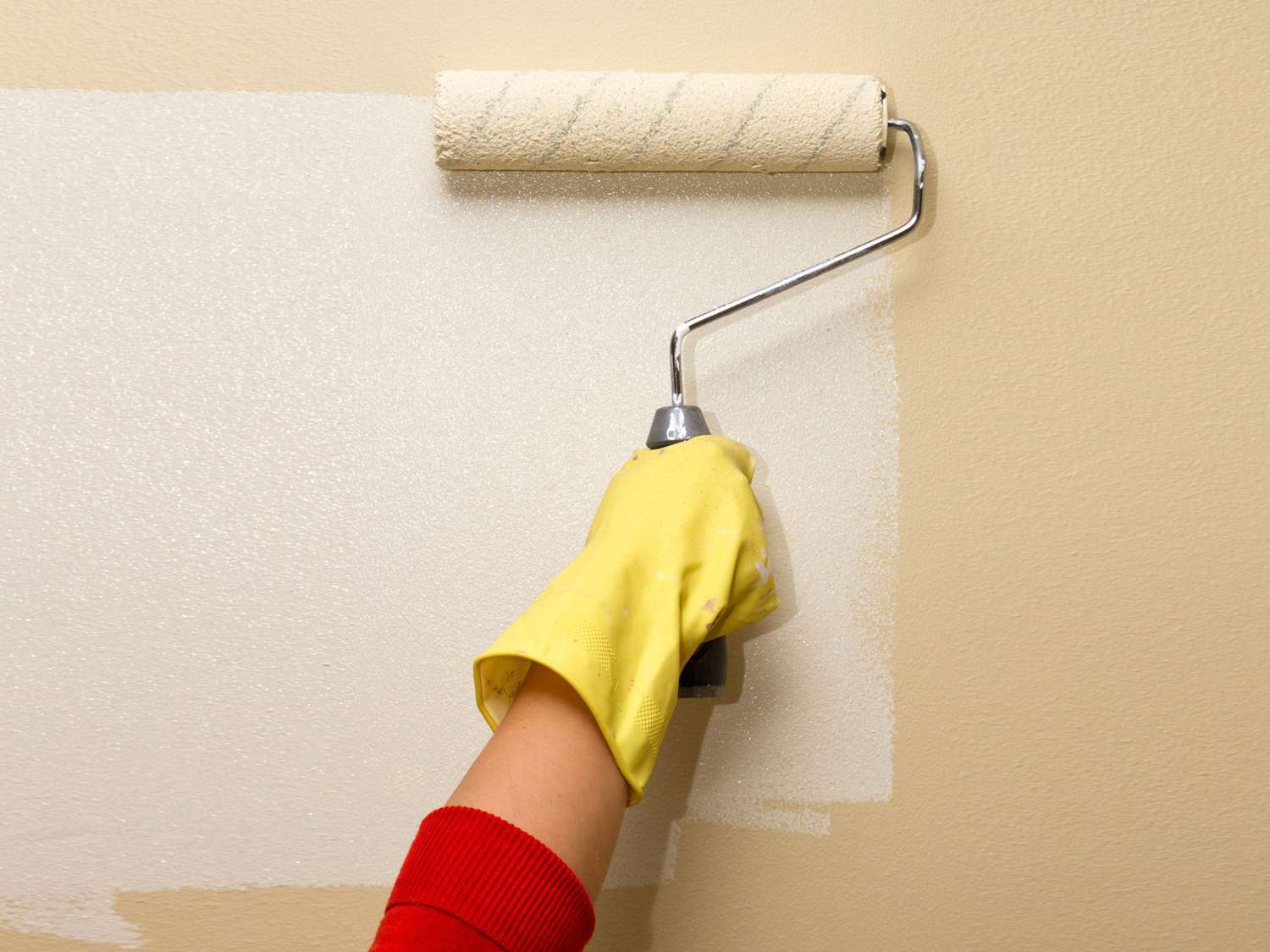
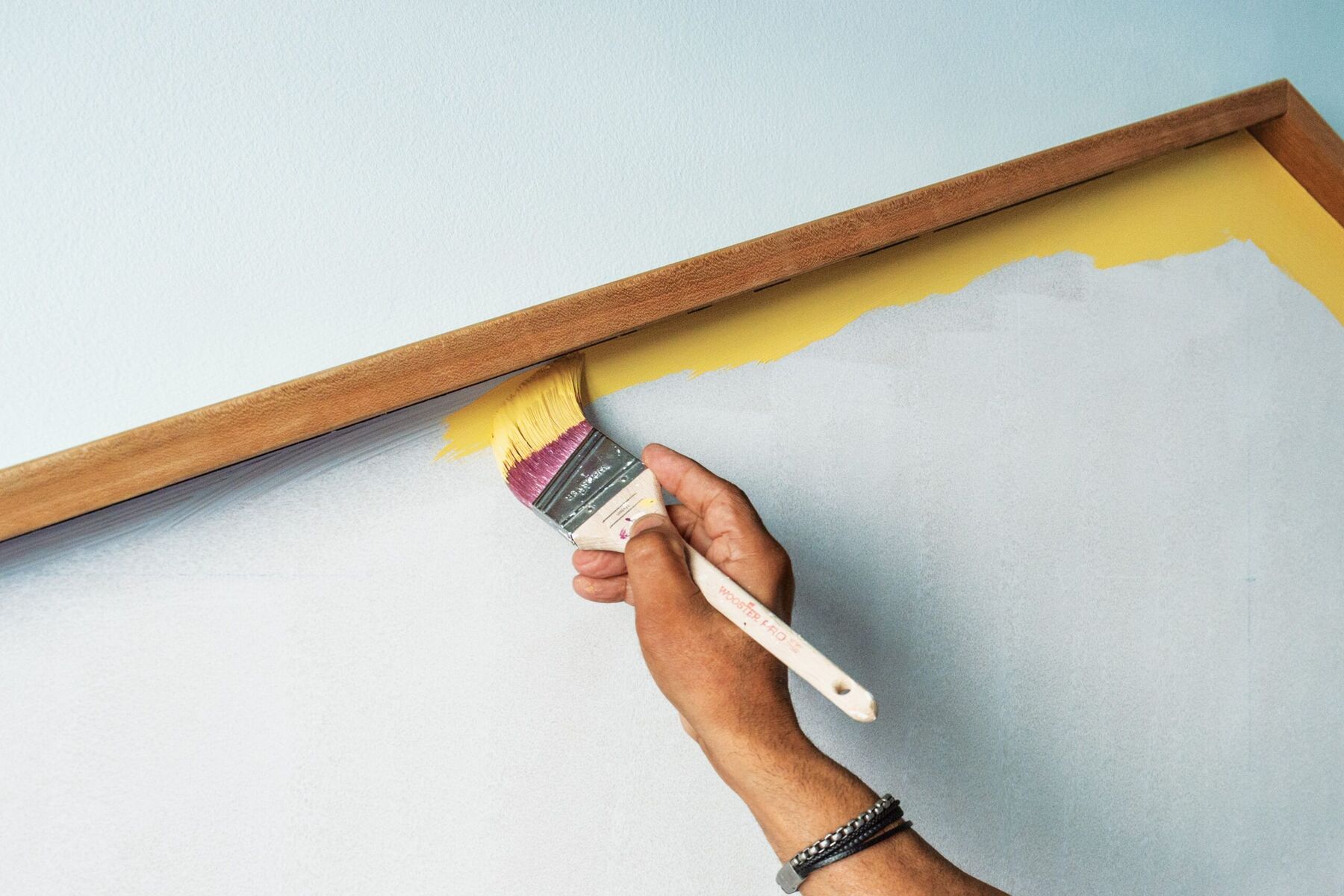
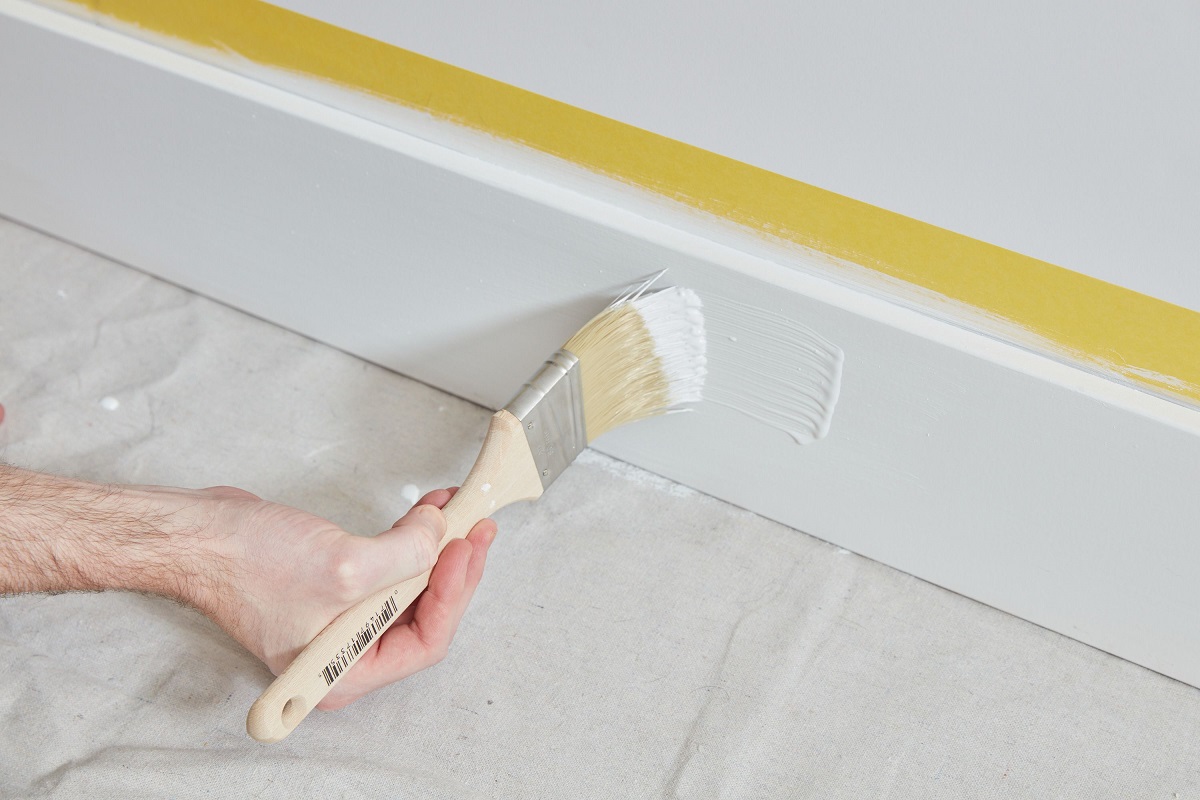

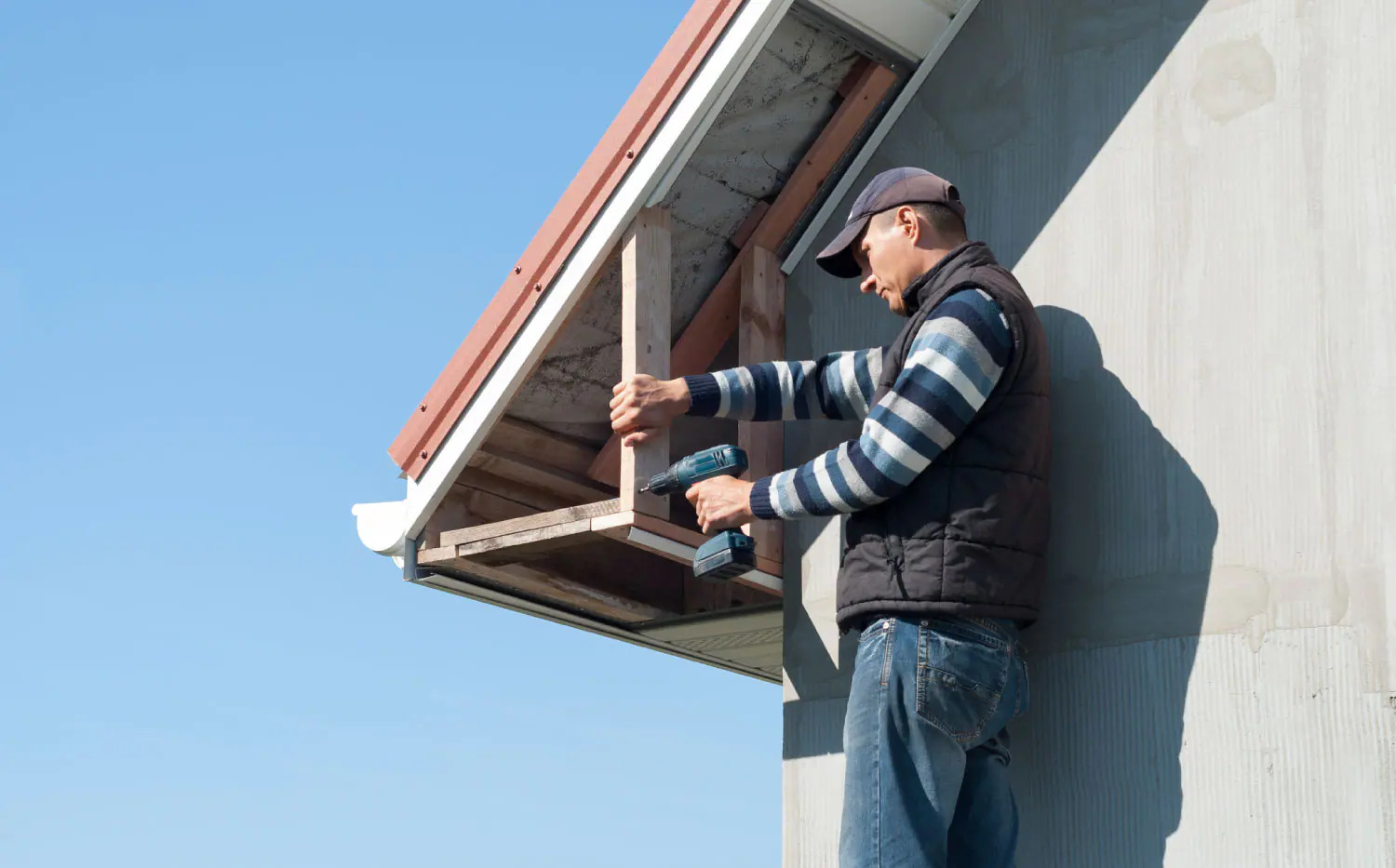

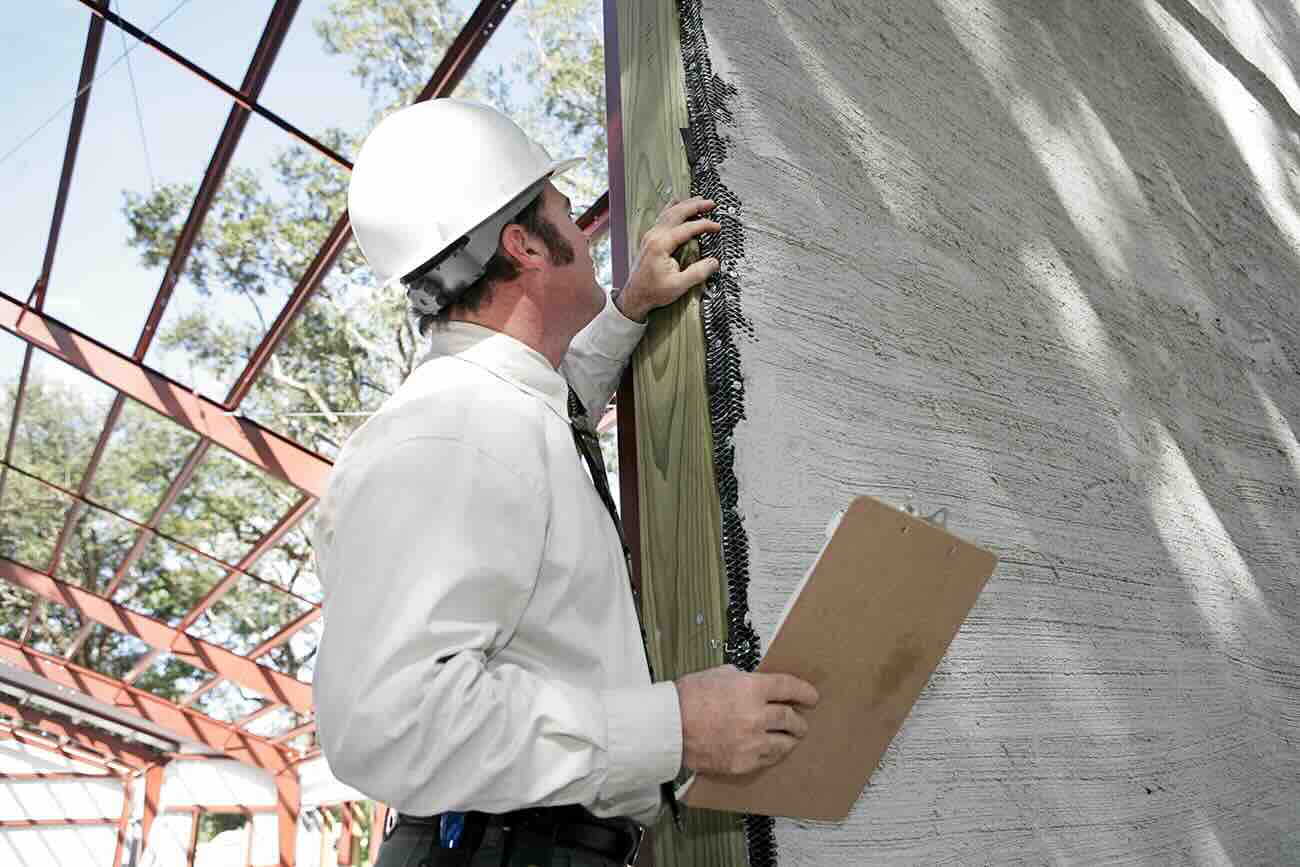
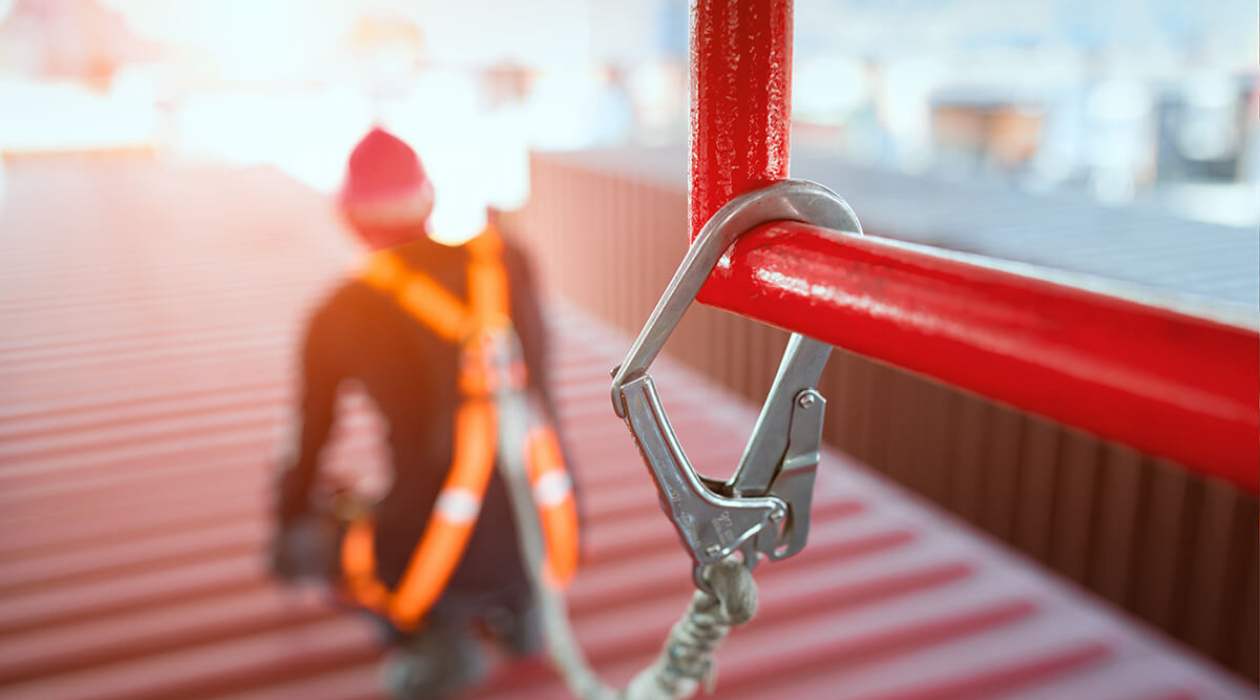
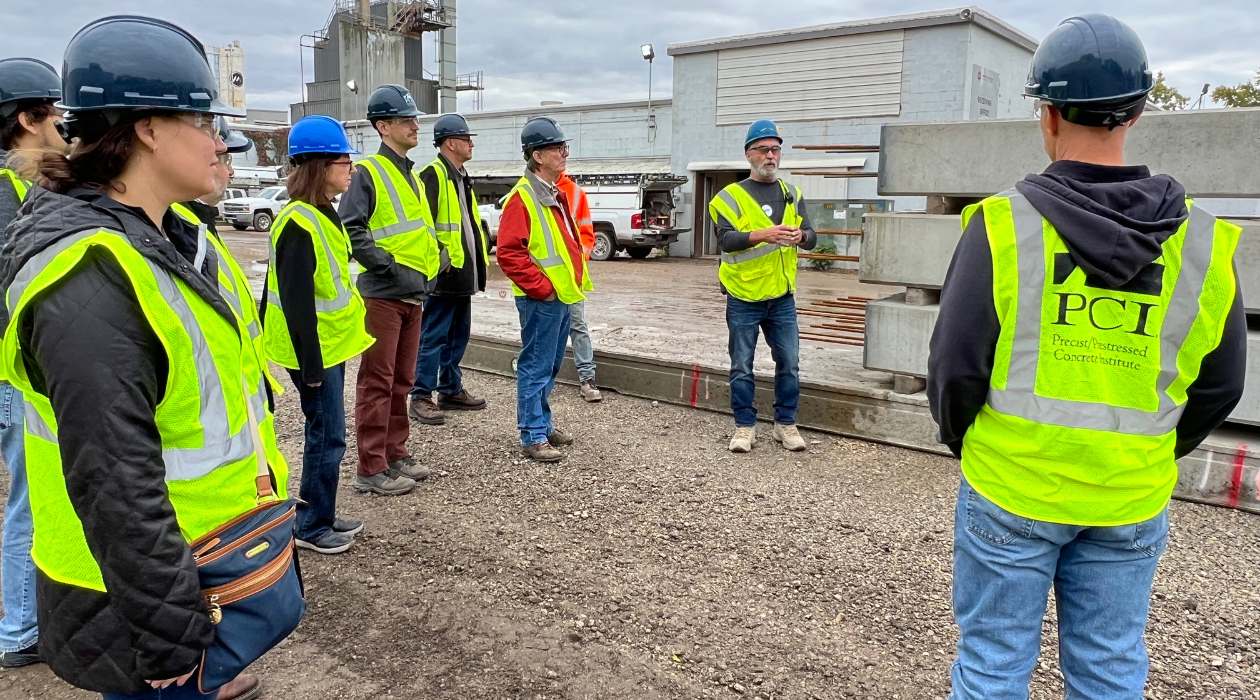
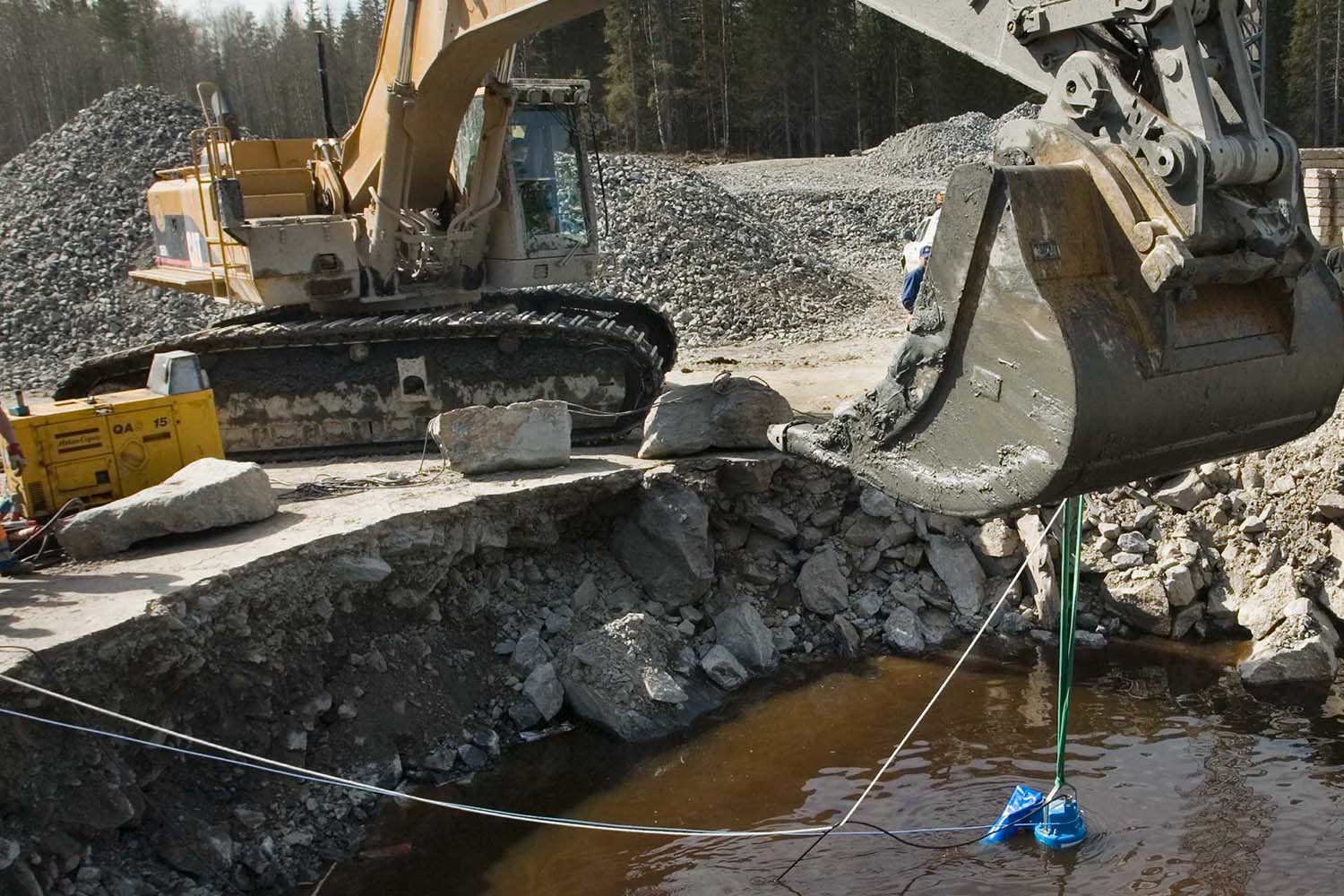
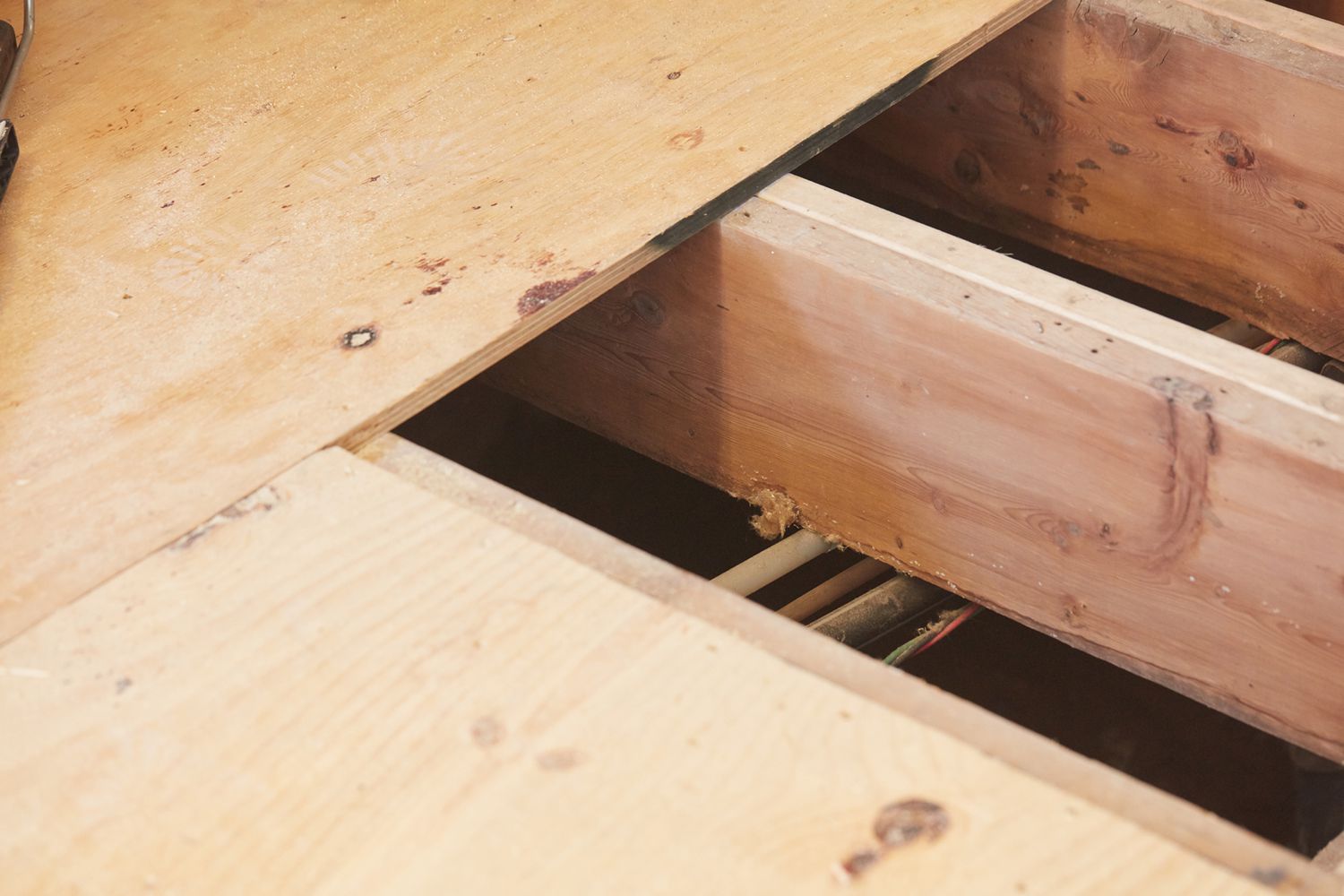


0 thoughts on “What Is A Construction Painter”